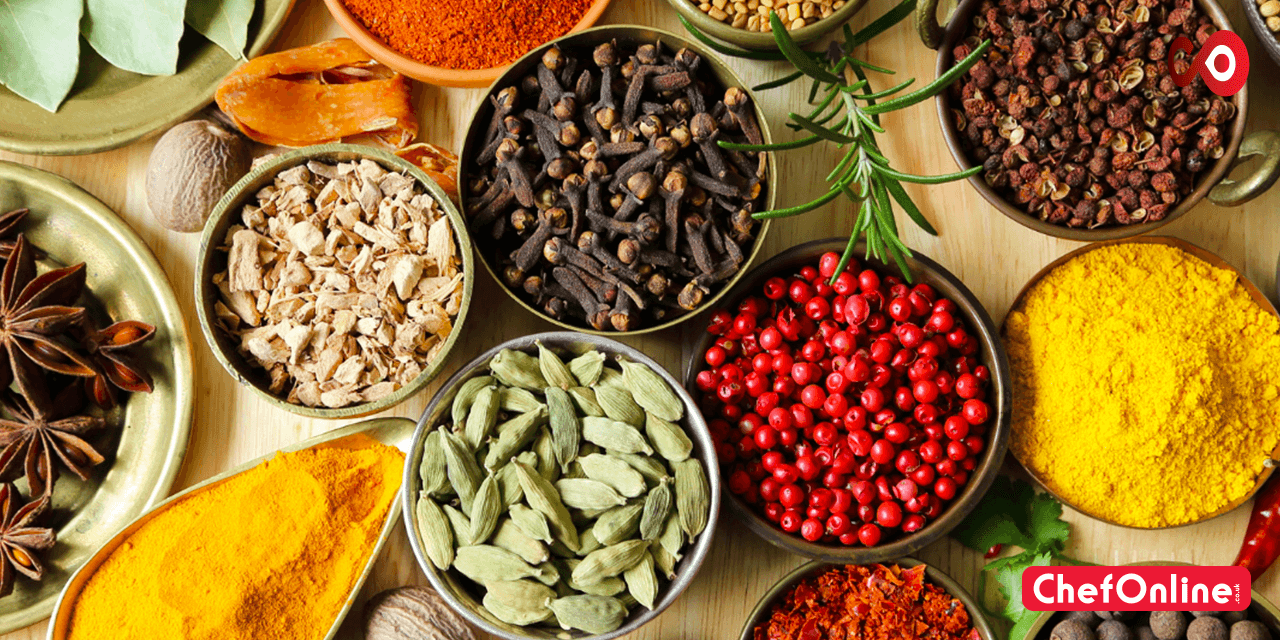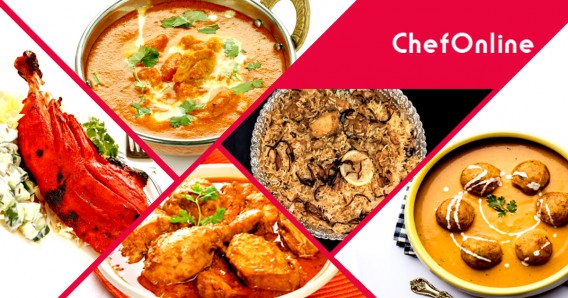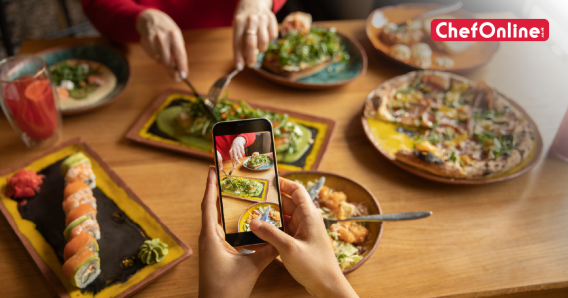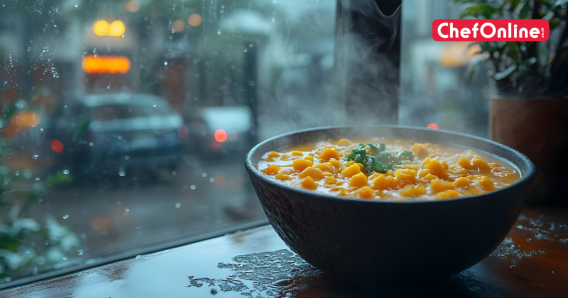If you love Indian food as much as most people in Britain, you’ve probably wondered what gives it that unmistakable flavour. From creamy curries to fragrant biryanis, every dish owes its magic to a blend of essential Indian spices.
These spices are the true heroes behind your favourite Indian takeaway dishes -each adding depth, aroma, and warmth.
Let’s explore 11 common spices used in Indian cooking and how they transform ordinary ingredients into unforgettable meals.
Key Takeaways
- Discover 11 essential spices for Indian cooking that define the flavour of your favourite curries and takeaways.
- Learn how to use cardamom, cumin, coriander, and chilli for authentic Indian taste at home.
- Understand the difference between cassia bark and true cinnamon for deeper flavour balance.
- Find out how toasting and blending spices enhances aroma and texture.
- Bring the taste of your favourite Indian restaurant dishes into your own kitchen with these simple essentials.
1. Cardamom
Cardamom comes in two main types -green and black. Green cardamom has a sweet, eucalyptus-like aroma and is commonly used in desserts and lighter curries.
Black cardamom, on the other hand, brings a smoky depth and is used sparingly in rich meat dishes. If you spot a pod in your curry, you can remove it before eating -it’s mainly for fragrance.
2. Black Pepper
One of the world’s oldest traded spices, black pepper originates from South India. It adds mild heat and depth to curries, soups, and marinades.
In Indian cooking, peppercorns are often toasted before grinding to release their essential oils -a technique that boosts flavour.
3. Clove
Clove offers a strong, slightly medicinal warmth due to its concentrated oils. It’s used in garam masala, biryanis, and many spicy Indian curries.
When used sparingly, it adds balance to sweeter or creamier sauces.
4. Star Anise
This star-shaped spice, known locally as phoolchakri, has a sweet-licorice aroma. It enhances meat curries and is a key ingredient in masala chai and biryani.
You’ll also find it in regional blends -check out our post on regional Indian curries for examples.
5. Cassia Bark
Part of the cinnamon family, cassia bark is a more affordable and stronger alternative to true cinnamon. It gives a woody, warm flavour to curries and stews.
Many Indian restaurants use cassia for dishes like Rogan Josh and Butter Chicken.
6. Chilli Pepper
India is one of the world’s largest producers of chilli peppers, and they are found in nearly every Indian household.
From fresh green chillies to ground red powder, they add both heat and colour. Adjusting the type and quantity of chilli helps customise spice levels for every dish.
7. Cumin
Cumin seeds -known as jeera -bring a smoky, earthy flavour and are used both whole and ground. They form the base for countless curries, spice mixes, and rice dishes.
Try dry-roasting cumin before grinding to bring out its full aroma.
8. Indian Bay Leaf
Unlike European bay leaves, Indian bay leaves (or tej patta) have a subtle cinnamon-like scent. They’re added whole to curries and rice dishes for fragrance.
You’ll instantly notice if it’s missing -it gives biryanis their signature aroma.
9. Coriander
Coriander seeds are citrusy and aromatic. They’re used in both sweet and savoury Indian dishes, making them one of the most common spices in Indian food.
For maximum flavour, coriander is dry-roasted before grinding -a must for homemade masalas.
10. Cinnamon
Distinct from cassia, true cinnamon has a sweeter, more delicate taste. It’s used in desserts and North Indian curries alike.
Cinnamon balances richness and adds warmth -making it perfect for Butter Chicken and Korma.
11. Mustard Seeds
These tiny seeds pack a punch! Mustard seeds release a nutty, smoky aroma when heated in oil. They’re commonly used in South Indian dishes like sambar and in tempering curries.
They also give a subtle crunch to chutneys and vegetable dishes.
How to Use These Essential Indian Spices at Home
To bring authentic Indian takeaway flavours into your kitchen:
- Toast spices before grinding for a deeper aroma.
- Mix whole and ground spices for balanced flavour.
- Store them in airtight containers away from sunlight to preserve their oils.
If you want to understand how these spices combine in curries, read our guide to ordering authentic Indian food.
Bringing It All Together
From cumin’s warmth to cardamom’s sweetness, these essential spices for Indian cooking define the taste of India -and the Indian takeaways we all love.
The next time you order or cook a curry, try spotting which spices you can taste -and you’ll appreciate the craftsmanship behind every meal.






